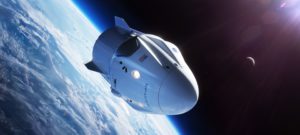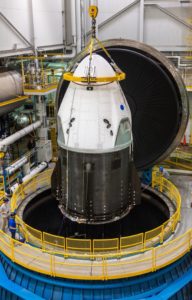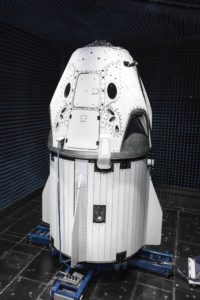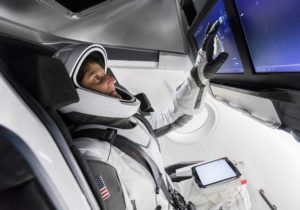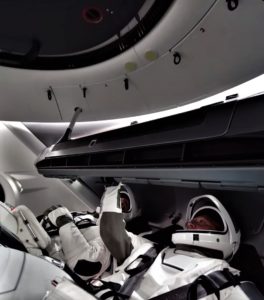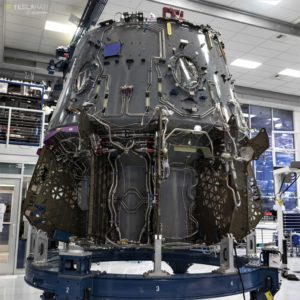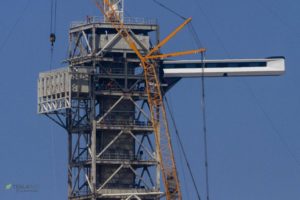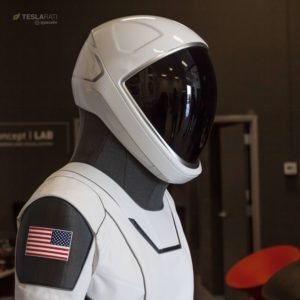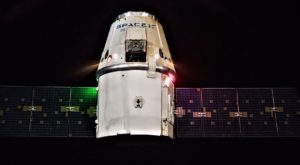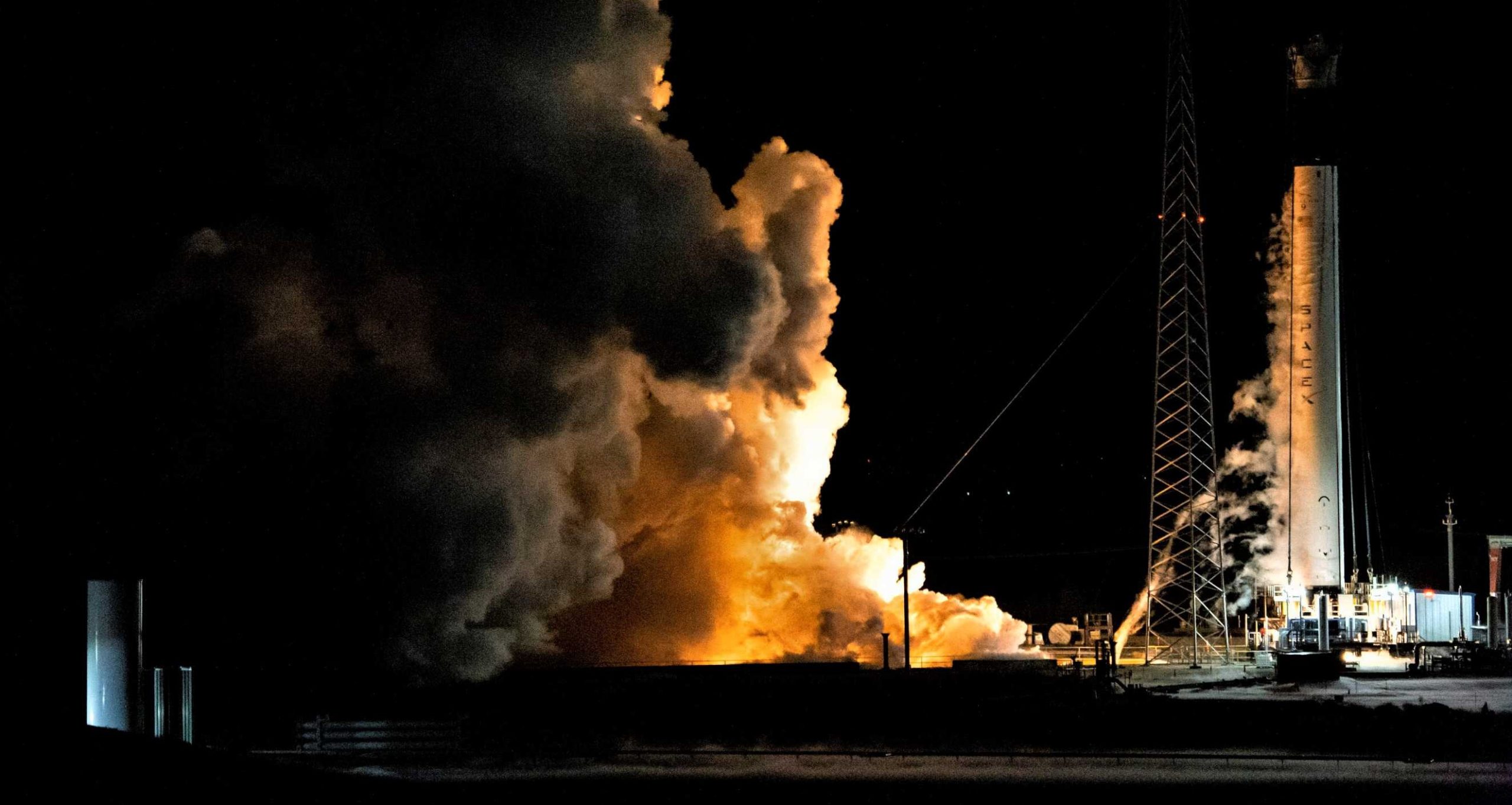
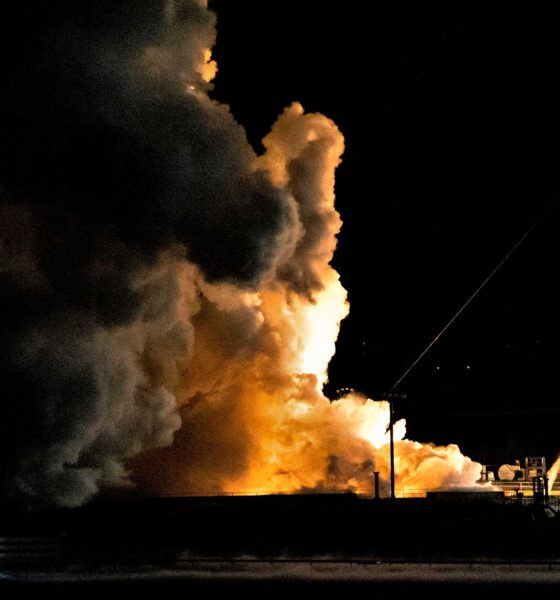
SpaceX
SpaceX’s Crew Dragon spacecraft nears launch debut as Falcon 9 tests wrap up
Known as Demonstration Mission 1 (DM-1), the inaugural flight of SpaceX’s Crew Dragon spacecraft is closer than ever before as the company wraps up ground testing of the rocket that will launch it.
Meanwhile, astronauts Doug Hurley and Bob Behnken are continuing to prepare for DM-2 – the first launch of Crew Dragon with crew onboard – by familiarizing themselves with SpaceX’s completed hardware, software, and procedures.
Commercial crew astronauts Bob Behnken and Doug Hurley are getting familiar with operating inside @SpaceX's Crew Dragon, fully suited! pic.twitter.com/41cqRwhzdp
— NASA Commercial Crew (@Commercial_Crew) November 2, 2018
Originally expected to occur before the end of 2017, Commercial Crew partners SpaceX, Boeing, and NASA have been forced to repeatedly delay the inaugural uncrewed and crewed launches of both the Crew Dragon (SpaceX) and Starliner (Boeing) crew transport vehicles, which have slipped roughly 3-6 months with every quarterly schedule update.
Generally speaking, the sources of those delays can be split evenly between NASA and its two commercial partners. A majority of the commercial-side slips can be attributed to unexpected hardware failures between the beginning of the Commercial Crew Program (CCP) and expected launch dates, with SpaceX experiencing two catastrophic failures of Falcon 9 (CRS-7 and Amos-6) and Boeing suffering a major anomaly while performing ground tests ahead of a Starliner pad-abort. Prior to the September 2016 Amos-6 failure of Falcon 9, SpaceX was arguably on track for the inaugural launch of Crew Dragon in late-2017/early-2018, having already completed a successful pad-abort demonstration in 2015 and eight successful launches since the CRS-7 failure.
- In this illustration, a SpaceX Crew Dragon spacecraft is shown in low-Earth orbit. (SpaceX)
- SpaceX’s Demo Mission-1 Crew Dragon seen preparing for vacuum tests at a NASA-run facility, June 2018. (SpaceX)
- The DM-1 Crew Dragon testing inside SpaceX’s anechoic chamber, May 2018. (SpaceX)
- NASA Astronaut Suni Williams, fully suited in SpaceX’s spacesuit, interfaces with the display inside a mock-up of the Crew Dragon spacecraft in Hawthorne, California, during a testing exercise on April 3. (SpaceX)
The Statue and the Hare
Aside from serious hardware failures, the rest of SpaceX’s Commercial Crew delays can be blamed on the company’s tendency to relentlessly iterate, improve, and generally modify both its hardware and software, to the extent that SpaceX’s Vice President of Production stated in mid-2018 that “[SpaceX has] never built any two vehicles identically”. For NASA’s often dysfunctionally and counterproductively risk-averse human spaceflight divisions, that sentence alone is probably enough to trigger panic attacks. As a result, SpaceX has been led to significantly change its style of operations over the last several years, reaching some sort of compromise that was more acceptable to NASA.
Further, despite the failures of CRS-7 and Amos-6, SpaceX continued to dramatically modify Falcon 9’s design – a major vehicle-wide upgrade known as Falcon 9 1.2 (Full Thrust, Block 1) debuted on the CRS-7 return-to-flight, while Amos-6 would have been the first launch of Falcon 9 Block 3 and likely failed as a result of faster fueling procedures and much colder propellant. Less than a year later, SpaceX debuted Falcon 9 Block 4. Roughly half a year after that, SpaceX debuted Falcon 9 Block 5, perhaps the most significant upgrade to the rocket yet. Ultimately, all changes made to Falcon 9 and Crew Dragon translate into additional work for NASA and SpaceX, known formally as “certification” and informally as exhaustive testing sandwiched by mountains of paperwork.
- DM-2 astronauts Bob Behnken and Doug Hurley train for their first flight in Crew Dragon. (NASA)
- SpaceX Crew Dragon capsule C203 – then assigned DM-2 – is seen here in August 2018. (Pauline Acalin)
- SpaceX installed its Crew Access Arm (CAA) in September 2018. (Tom Cross)
- SpaceX’s extraordinary custom spacesuit. Crew Dragon astronauts will wear this suit while inside the space capsule. (Pauline Acalin)
- A concert of Draco thrusters work to push Dragon away from the ISS and back towards Earth. (ESA)
In the case of the CCP, NASA itself has been a major source of delays as Boeing and SpaceX get much closer to launch dates and hardware is effectively completed, integrated, and ready to go. According to both Hans Koenigsmann (VP of Flight Reliability) and Gwynne Shotwell (President and COO) in the last few months, both executives were supremely confident that the hardware (Crew Dragon: capsule, trunk; Falcon 9: Merlins, upper stage, booster; Launch Complex 39A) would be ready for DM-1 no later than December 2018. Those statements imply that additional delays were unlikely to be a consequence of hardware readiness, indicating that delays beyond December would presumably be caused by paperwork and/or ISS scheduling.
In this sense, it could well be the case that NASA’s behind-schedule completion of critical certification and approval paperwork – paperwork that NASA alone required and knew it would have to finish prior to launch for the last several years – will or already have delayed SpaceX’s first Crew Dragon launch by at least a month. DM-1 is currently targeting a launch in January 2019.
For prompt updates, on-the-ground perspectives, and unique glimpses of SpaceX’s rocket recovery fleet check out our brand new LaunchPad and LandingZone newsletters!

Elon Musk
Elon Musk gives nod to SpaceX’s massive, previously impossible feat
It was the booster’s 30th flight, a scenario that seemed impossible before SpaceX became a dominant force in spaceflight.
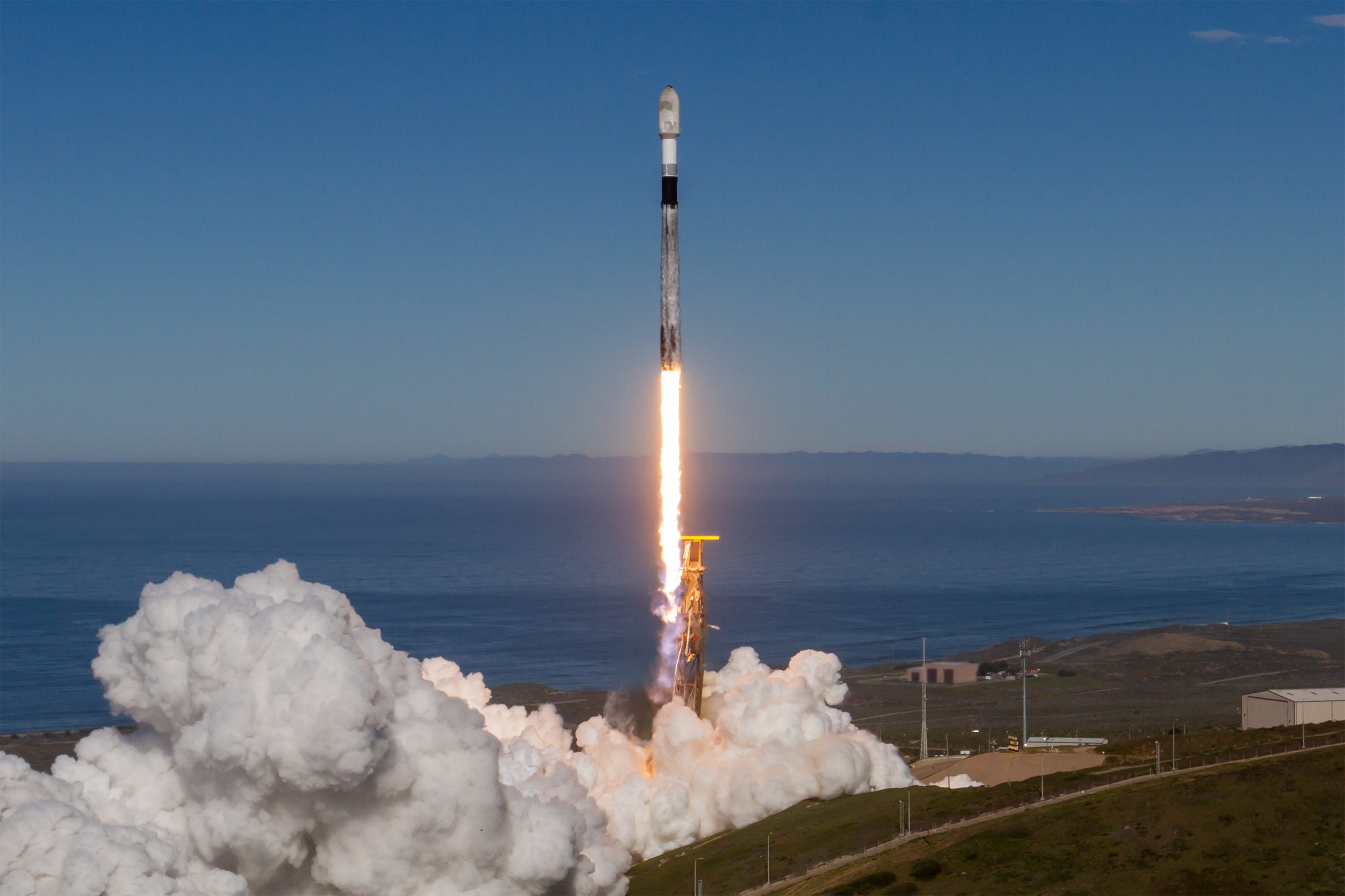
Elon Musk gave a nod to one of SpaceX’s most underrated feats today. Following the successful launch of the Transporter-15 mission, SpaceX seamlessly landed another Falcon 9 booster on a droneship in the middle of the ocean.
It was the booster’s 30th flight, a scenario that seemed impossible before SpaceX became a dominant force in spaceflight.
Elon Musk celebrates a veteran Falcon 9 booster’s feat
SpaceX completed another major milestone for its Smallsat Rideshare program on Friday, successfully launching and deploying 140 spacecraft aboard a Falcon 9 from Vandenberg Space Force Base. The mission, known as Transporter-15, lifted off two days later than planned after a scrub attributed to a ground systems issue, according to SpaceFlight Now. SpaceX confirmed that all payloads designed to separate from the rocket were deployed as planned.
The Falcon 9 used for this flight was booster B1071, one of SpaceX’s most heavily flown rockets. With its 30th mission completed, it becomes the second booster in SpaceX’s fleet to reach that milestone. B1071’s manifest includes five National Reconnaissance Office missions, NASA’s SWOT satellite, and several previous rideshare deployments, among others. Elon Musk celebrated the milestone on X, writing “30 flights of the same rocket!” in his post.
Skeptics once dismissed reusability as unfeasible
While rocket landings are routine for SpaceX today, that was not always the case. Industry veterans previously questioned whether reusable rockets could ever achieve meaningful cost savings or operational reliability, often citing the Space Shuttle’s partial reusability as evidence of failure.
In 2016, Orbital ATK’s Ben Goldberg argued during a panel that even if rockets could be reusable, they do not make a lot of sense. He took issue with Elon Musk’s claims at the time, Ars Technica reported, particularly when the SpaceX founder stated that fuel costs account for just a fraction of launch costs.
Goldberg noted that at most, studies showed only a 30% cost reduction for low-Earth orbit missions by using a reusable rocket. “You’re not going to get 100-fold. These numbers aren’t going to change by an order of magnitude. They’re just not. That’s the state of where we are today,” he said.
Former NASA official Dan Dumbacher, who oversaw the Space Launch System, expressed similar doubts in 2014, implying that if NASA couldn’t make full reusability viable, private firms like SpaceX faced steep odds.
Elon Musk
SpaceX’s Starship program is already bouncing back from Booster 18 fiasco
Just over a week since Booster 18 met its untimely end, SpaceX is now busy stacking Booster 19, and at a very rapid pace, too.
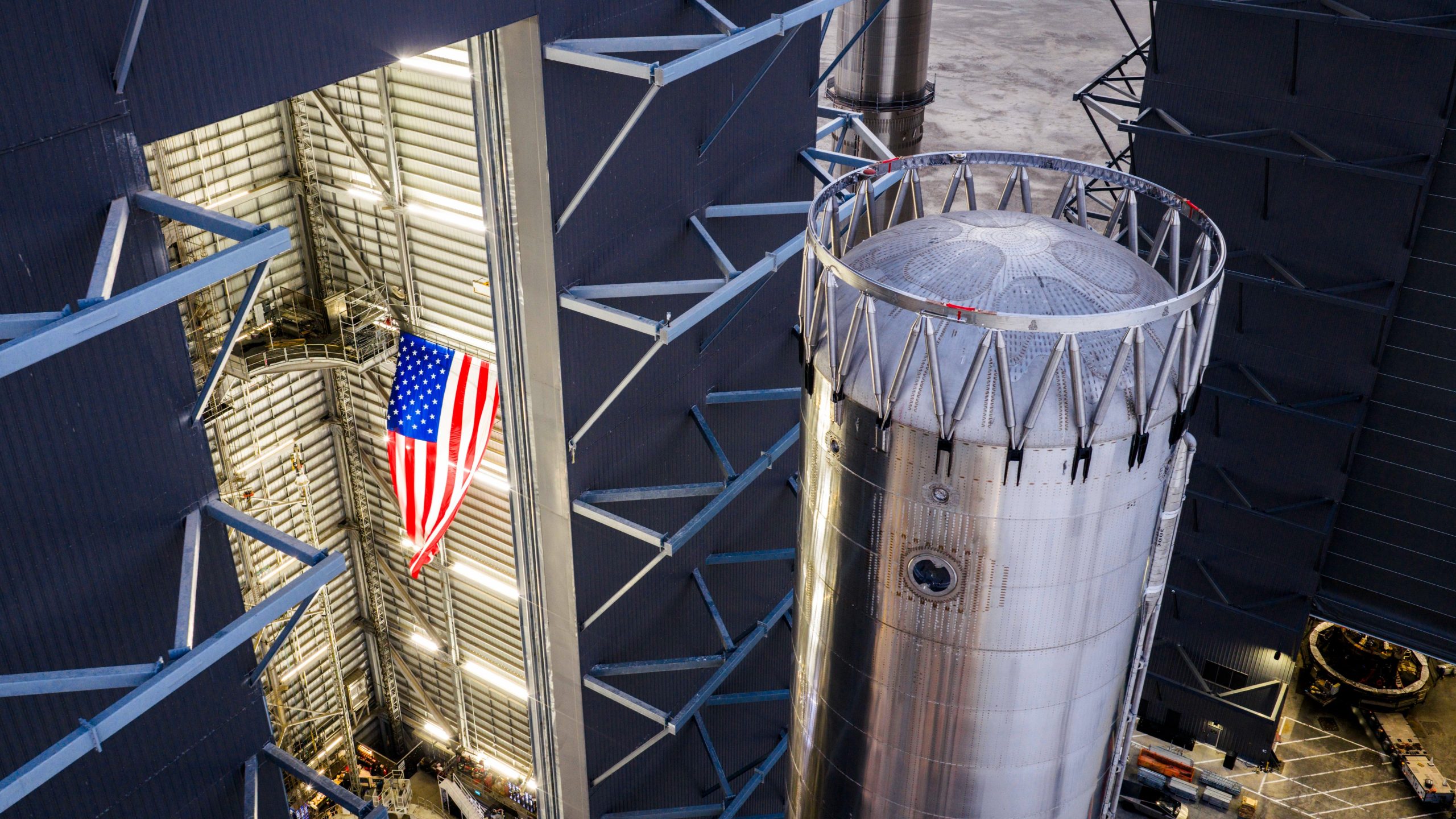
SpaceX is already bouncing back from the fiasco that it experienced during Starship Booster 18’s initial tests earlier this month.
Just over a week since Booster 18 met its untimely end, SpaceX is now busy stacking Booster 19, and at a very rapid pace, too.
Starship V3 Booster 19 is rising
As per Starbase watchers on X, SpaceX rolled out the fourth aft section of Booster 19 to Starbase’s MegaBay this weekend, stacking it to reach 15 rings tall with just a few sections remaining. This marks the fastest booster assembly to date at four sections in five days. This is quite impressive, and it bodes well for SpaceX’s Starship V3 program, which is expected to be a notable step up from the V2 program, which was retired after a flawless Flight 11.
Starship watcher TankWatchers noted the tempo on X, stating, “During the night the A4 section of Booster 19 rolled out to the MegaBay. With 4 sections in just 5 days, this is shaping up to be the fastest booster stack ever.” Fellow Starbase watcher TestFlight echoed the same sentiments. “Booster 19 is now 15 rings tall, with 3 aft sections remaining!” the space enthusiast wrote.
Aggressive targets despite Booster 18 fiasco
SpaceX’s V3 program encountered a speed bump earlier this month when Booster 18, just one day after rolling out into the factory, experienced a major anomaly during gas system pressure testing at SpaceX’s Massey facility in Starbase, Texas. While no propellant was loaded, no engines were installed, and no one was injured in the incident, the unexpected end of Booster 18 sparked speculation that the Starship V3 program could face delays.
Despite the Booster 18 fiasco, however, SpaceX announced that “Starship’s twelfth flight test remains targeted for the first quarter of 2026.” Elon Musk shared a similar timeline on X earlier this year, with the CEO stating that “ V3 is a massive upgrade from the current V2 and should be through production and testing by end of year, with heavy flight activity next year.”
Considering that Booster 19 seems to be moving through its production phases quickly, perhaps SpaceX’s Q1 2026 target for Flight 12 might indeed be more than feasible.
Elon Musk
Elon Musk shares SpaceX’s directive that destroys a prevalent media narrative
Musk’s comments followed Starlink’s initiatives for people affected by severe flooding in Indonesia and Cyclone Ditwah in Sri Lanka.
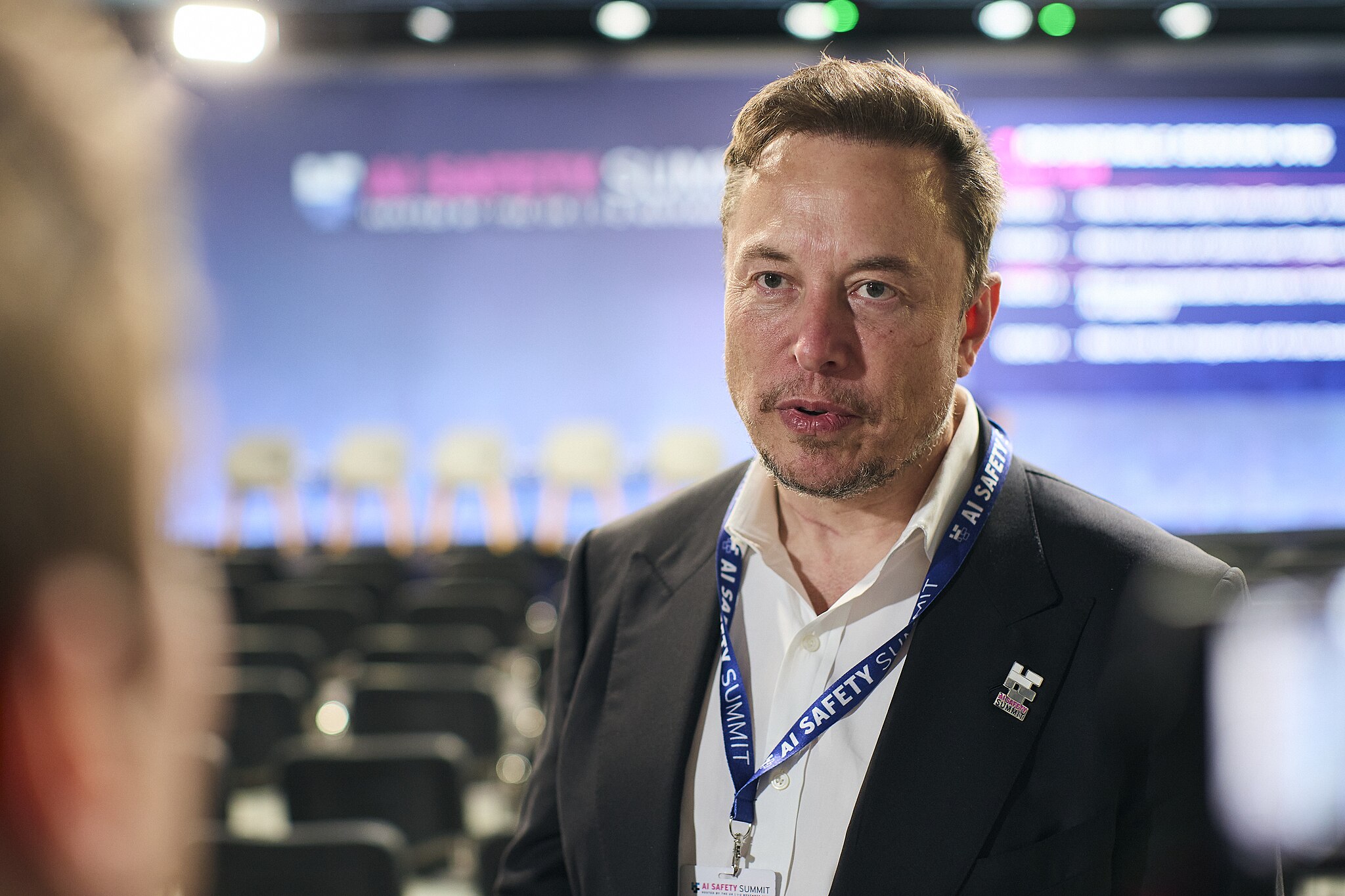
Elon Musk recently shared SpaceX’s standing policy to offer free Starlink service during natural disasters worldwide, highlighting the company’s commitment to pursue aid over profit during times of need.
Musk’s comments followed Starlink’s initiatives for people affected by severe flooding in Indonesia and Cyclone Ditwah in Sri Lanka.
Starlink activates free service in Indonesia and Sri Lanka
Starlink recently announced free service for those impacted by severe flooding in Indonesia’s Sumatra region, partnering with the government to deploy terminals rapidly to the hardest-hit areas. The offer extends to new and existing customers through December, restoring connectivity in zones where traditional networks have failed due to infrastructure damage.
Musk quoted the post on X, writing, “SpaceX standard policy is to make Starlink free whenever there is a natural disaster somewhere in the world. It would not be right to profit from misfortune.”
Starlink extended the same relief to Sri Lanka amid Cyclone Ditwah, coordinating with local authorities for additional support. The cyclone battered the island nation with heavy rains and winds, disrupting communications for thousands. Free access also lasts until year-end, emphasizing Starlink’s role in bridging gaps during crises.
“For those affected by the severe flooding in Indonesia and Sri Lanka in the aftermath of Cyclone Ditwah, Starlink is providing free service to new and existing customers through the end of December 2025. We’re also working with the Indonesian government to rapidly deploy terminals and restore connectivity to the hardest-hit areas on Sumatra, as well as with the Sri Lankan government to provide additional assistance,” Starlink wrote in a post on its official website.
Musk’s companies routinely provide aid
Musk’s firms have a track record of providing critical support in crises, often without fanfare, challenging portrayals of him as a comic book villain intent on enriching himself on the backs of a suffering populace. In January 2024 alone, Tesla opened Superchargers for free in Japan’s Hokuriku region after a magnitude 7.6 earthquake killed at least 55 and injured hundreds.
Similar efforts include Starlink deployments for the 2023 Maui wildfires, 2024 Hurricane Helene in North Carolina, and floods in Texas, where the service was used to help facilitate emergency coordination. These actions, which total millions in waived fees and logistics, demonstrate a proactive ethos among Musk’s companies, with Musk noting in past interviews that such aid stems from engineering solutions over optics.
The initiatives also provide a direct rebuttal of Musk’s characterization on mainstream media, which tends to lean negatively. This has become much more notable in recent years as Musk adopted more conservative policies. These negative sentiments came to a head earlier this year when Tesla stores, vehicles, and even some owners, were attacked during waves of anti-Tesla protests.
